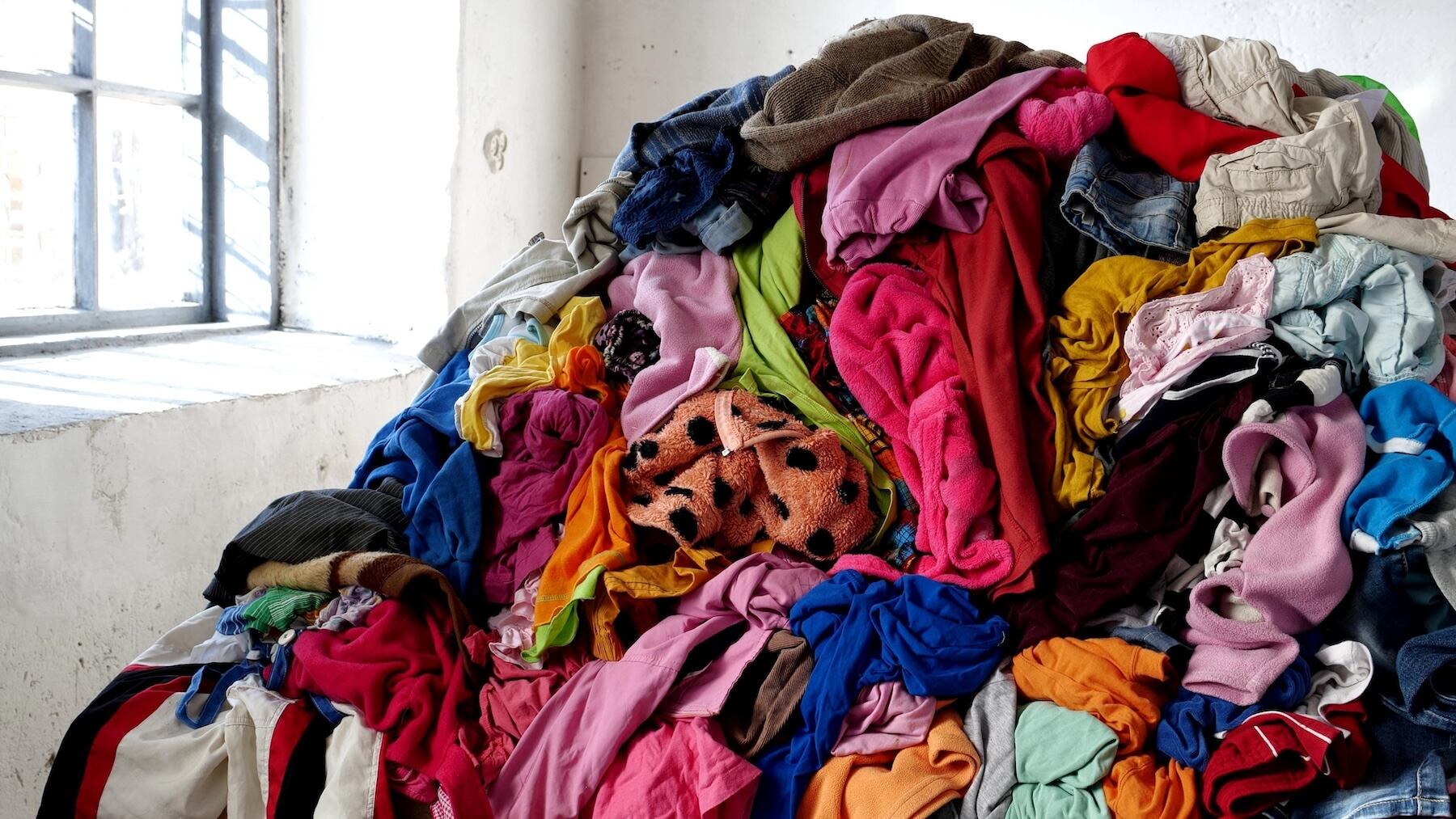
California wants fashion brands to pay for their waste.
Late last month, state legislators passed a bill that would make fashion brands responsible for keeping old clothes out of landfill by establishing and funding a programme for collection and recycling. The proposal now only needs sign off from Governor Gavin Newsom to become law.
The move is the latest in a wide-ranging regulatory effort to crackdown on the rising flood of unwanted jeans, t-shirts and other old clothes created by fast fashion’s accelerated churn. In 2021, roughly 1.2 million tonnes of textiles were discarded in California. Nearly all of that volume was reusable or recyclable, but only 15 percent ever made it back into the market, according to the office of state Senator Josh Newman, who introduced the California bill. The Responsible Textile Recovery Act aims to change that pattern.
The law “will be a game-changer in the fight against textile waste,” Senator Newman said in a social-media post after it passed the state legislature on Aug. 30.
Some European countries have already introduced similar programmes, known as extended producer responsibility schemes, but California’s would be the first to come into force in the US. Companies that don’t comply won’t be allowed to sell in the state.
California has long been a frontrunner in efforts to establish greener policies in the US and, if successful, its moves on textile recycling could open the door for others to follow.
What will the bill do?
Under the proposed law, brands with global turnover of more than $1 million will need to participate in and help fund a programme to enable the reuse, repair and recycling of clothes and fabric sold in California.
It’s expected to take several years before any state-level textile recycling programme comes into effect. In the meantime, brands will need to form and join a producer responsibility organisation to coordinate and oversee operations by 2026. Once formed, the PRO must have an approved plan for the management of discarded textiles in place by July 2030.
How much will it cost brands?
Brands will be on the hook to cover the costs of running the recycling programme, but exactly what those costs will amount to haven’t yet been defined and will only become clearer once the industry’s producer responsibility organisation lays out its plan for the recycling programme.
The initiative will be funded through fees paid by brands to the PRO. These will vary depending on environmental impacts of the products sold.
The goal is to provide incentives for companies to make products with a lower environmental footprint and penalise the biggest polluters.
What does the industry think?
The American Apparel and Fashion Association, a key industry lobby group, pushed for several changes to the act before it passed. The organisation endorsed the final version, with reservations.
Though several of the changes the industry wanted were taken on board, the AAFA said it still had some concerns about the timelines envisaged in the bill, loopholes for third-party sellers on online marketplaces and potential conflicts with regulations in other jurisdictions.
Rachel Kibbe, the CEO of consulting and advocacy firm Circular Services Group and executive director of trade lobby group American Circular Textiles, said the bill is a step in the right direction. But if it is signed into law, much will depend on its implementation and enforcement. Similar efforts focused on other materials have faced major challenges, particularly because state-level approaches resulted in a patchwork of systems that resulted in low recycling rates, she said.
Either way, what California does next could set an important precedent for textile recycling schemes in the US.
“If California, as the largest state economy, successfully implements an EPR scheme, it could inspire similar legislation in other states, pushing more companies to adopt circular practices nationwide,” said Kibbe. “However, if it runs into implementation issues — like weak enforcement, market immaturity, broader Federal funding, or resistance from brands — it might give legislators pause.”



